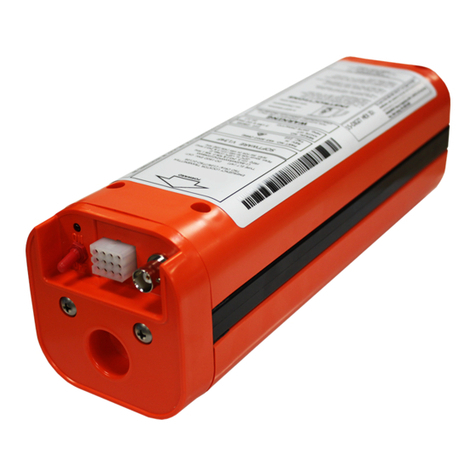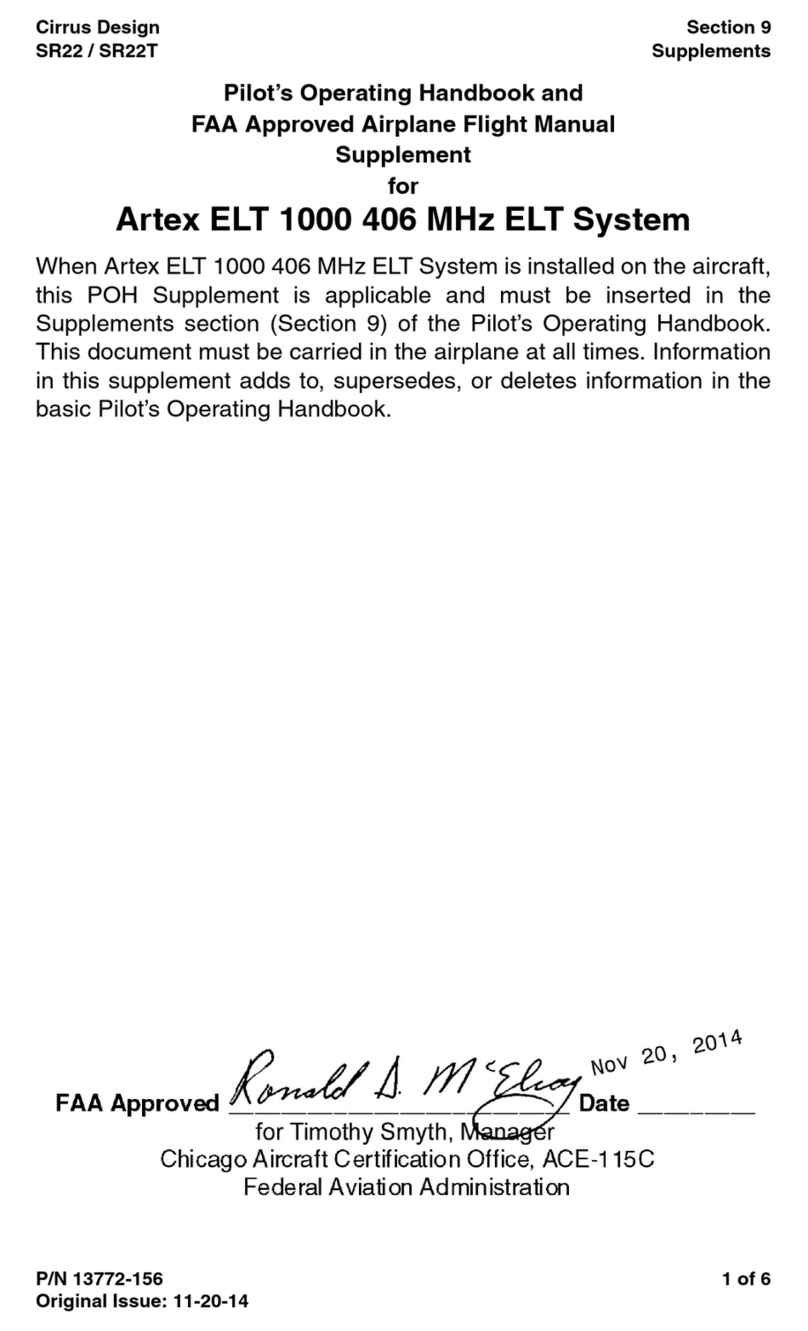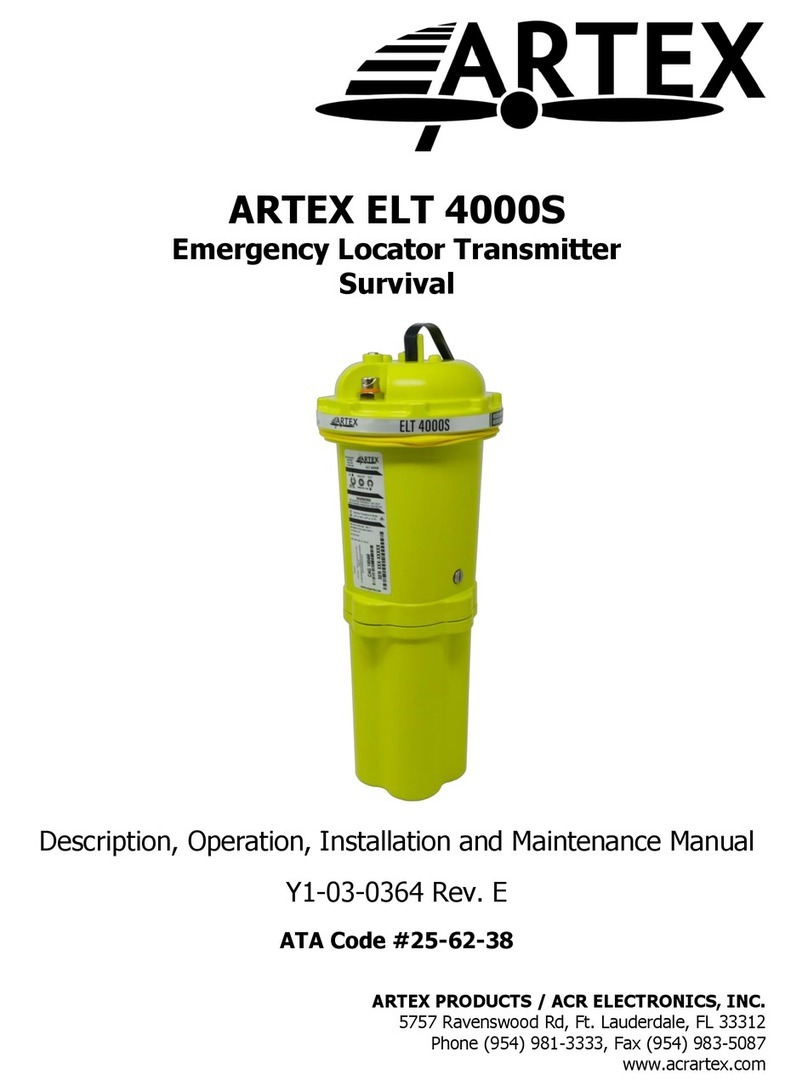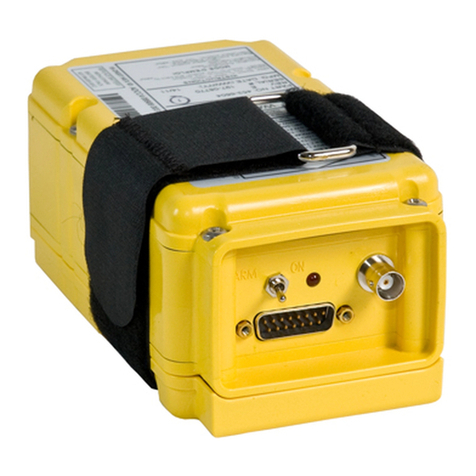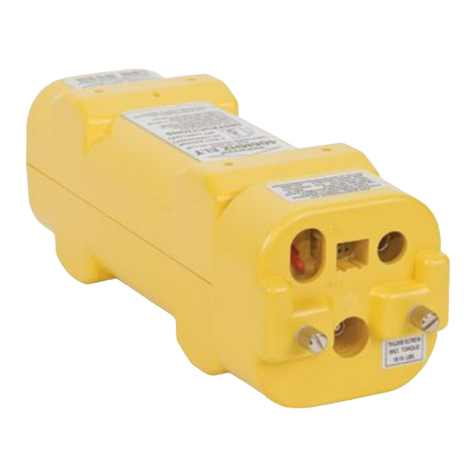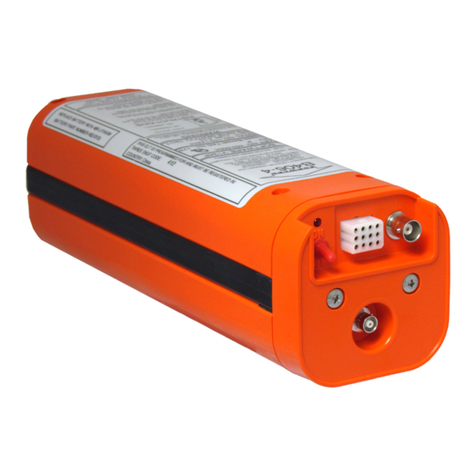
ARTEX PRODUCTS / ACR ELECTRONICS, INC.
DESCRIPTION, OPERATION, INSTALLATION AND MAINTENANCE MANUAL
ELT 1000 (P/N: A3-06-2749-1)
Y1-03-0259 Rev. U Company Confidential Page 4 of 62
E. Battery Pack Inspection –Item 3.......................................................................................... 25
F. G-Switch Functional Check –Item 4 ..................................................................................... 25
G. Performance Test Setup....................................................................................................... 26
H. 121.5 MHz Frequency Measurement and Audio Modulation Check–Items 5a and 5b ............... 26
I. 121.5 MHz Power Output Measurement –Item 5c ................................................................. 27
J. 406 MHz Frequency Measurement –Item 5d ........................................................................ 27
K. 406 MHz Power Output Measurement –Item 5e.................................................................... 27
L. Current Draw Test –Item 5f ................................................................................................ 27
M. Digital Message Verification –Item 5g .................................................................................. 29
N. ELT Reset Check –Item 5h .................................................................................................. 29
O. Installed Transmitter / Antenna Test –Item 6 ....................................................................... 29
P. Antenna Test –Item 7......................................................................................................... 30
Q. Inspection and Test Documentation –Item 8 ........................................................................ 30
3. Fault Isolation ............................................................................................................................. 30
A. Self-Test ............................................................................................................................. 30
B. Troubleshooting .................................................................................................................. 32
REMOVAL .............................................................................................................................................. 33
1. ELT............................................................................................................................................. 33
A. ELT Removal ....................................................................................................................... 33
2. Battery ....................................................................................................................................... 34
A. Battery Removal.................................................................................................................. 34
3. Material or Equipment Return....................................................................................................... 35
A. Shipment Information .......................................................................................................... 35
B. Return Material Authorization ............................................................................................... 36
INSTALLATION....................................................................................................................................... 37
1. Regulatory Requirements and Guidelines ...................................................................................... 37
A. For US Registered aircraft: ................................................................................................... 37
B. TSO C126a, Paragraph D ..................................................................................................... 37
C. FAA .................................................................................................................................... 37
D. Canada ............................................................................................................................... 37
E. Other Countries................................................................................................................... 37
F. RTCA .................................................................................................................................. 38
2. Mounting Tray............................................................................................................................. 39
A. Location.............................................................................................................................. 39
B. Installation.......................................................................................................................... 41
3. Antenna...................................................................................................................................... 42
A. General............................................................................................................................... 42
B. Location.............................................................................................................................. 42
C. Installation General Info ...................................................................................................... 42
4. Remote Switch ............................................................................................................................ 44
A. Location.............................................................................................................................. 44
B. Installation.......................................................................................................................... 44
5. Buzzer ........................................................................................................................................ 45
A. Location.............................................................................................................................. 45
B. Installation.......................................................................................................................... 45
6. Wiring......................................................................................................................................... 46
A. General Considerations and Recommendations...................................................................... 46
B. Remote Switch Harness Fabrication ...................................................................................... 50



